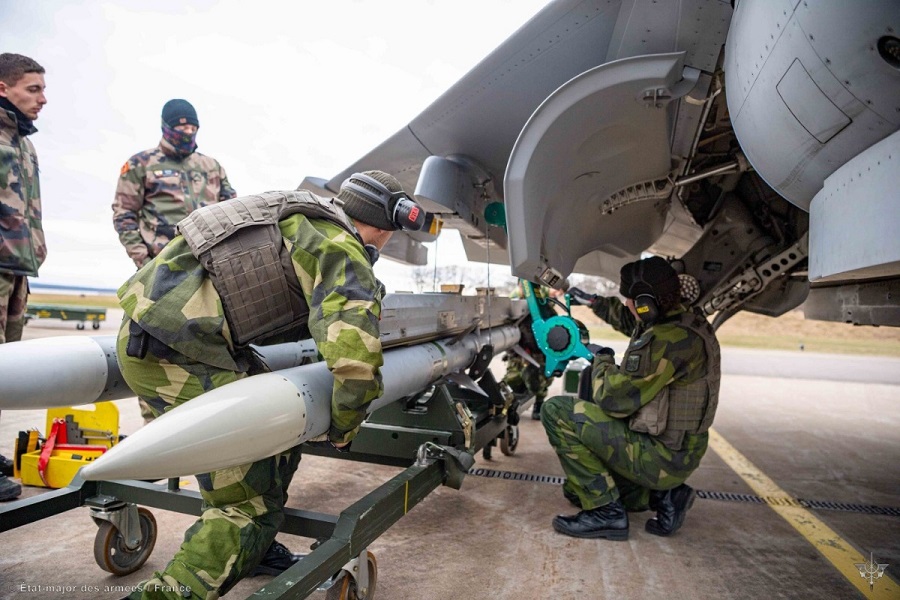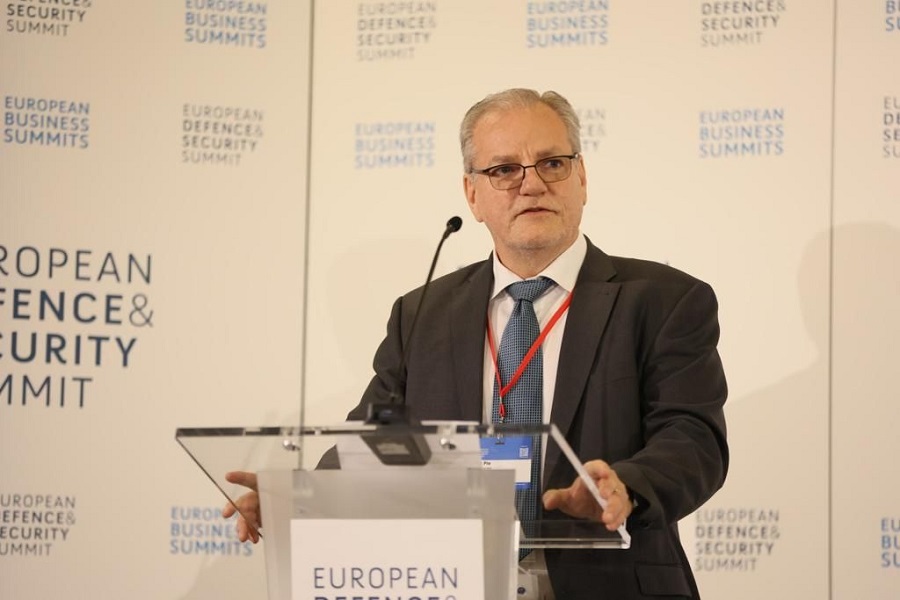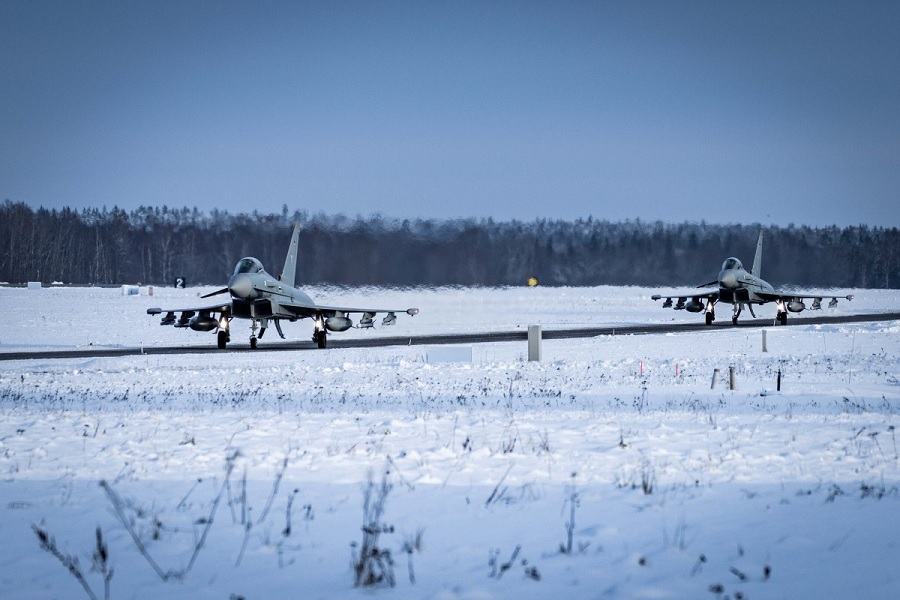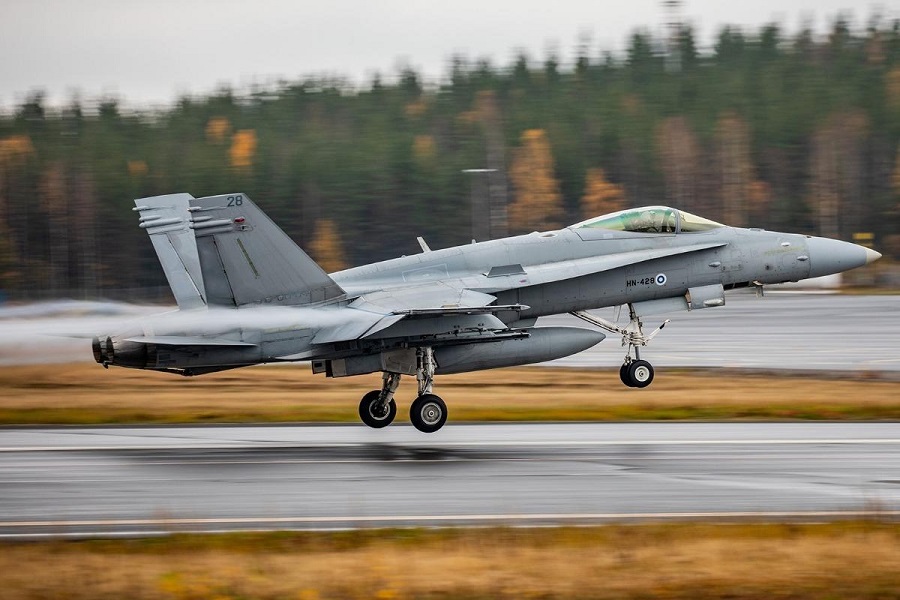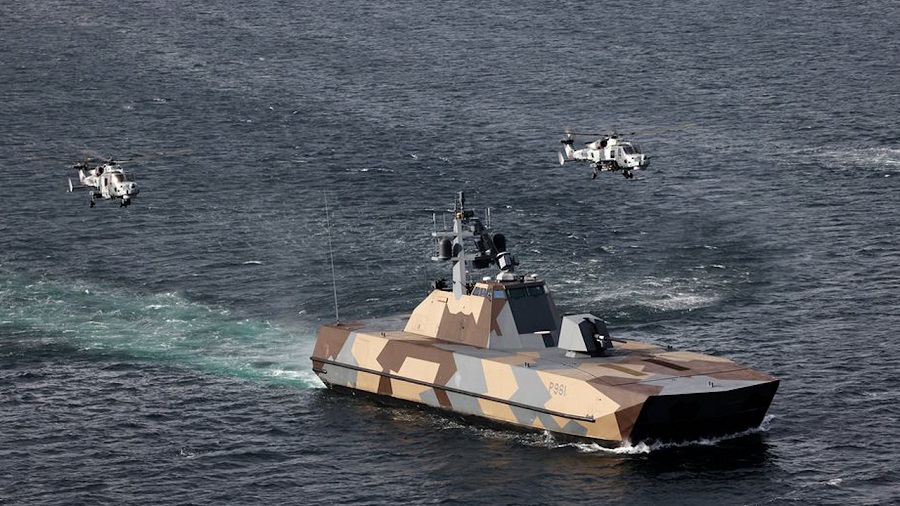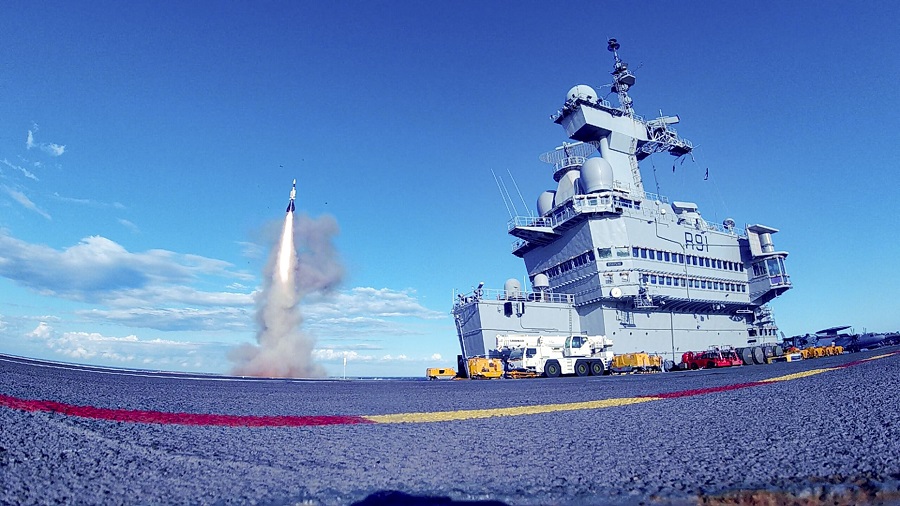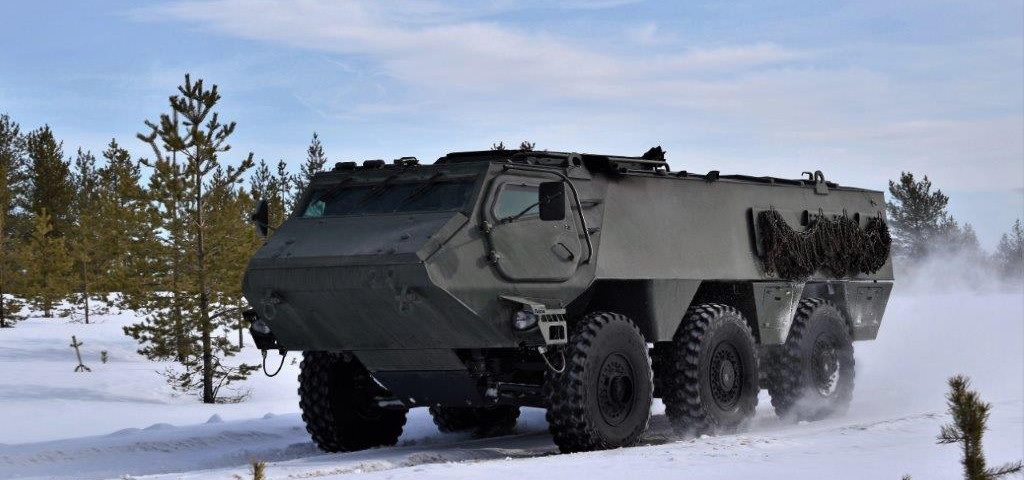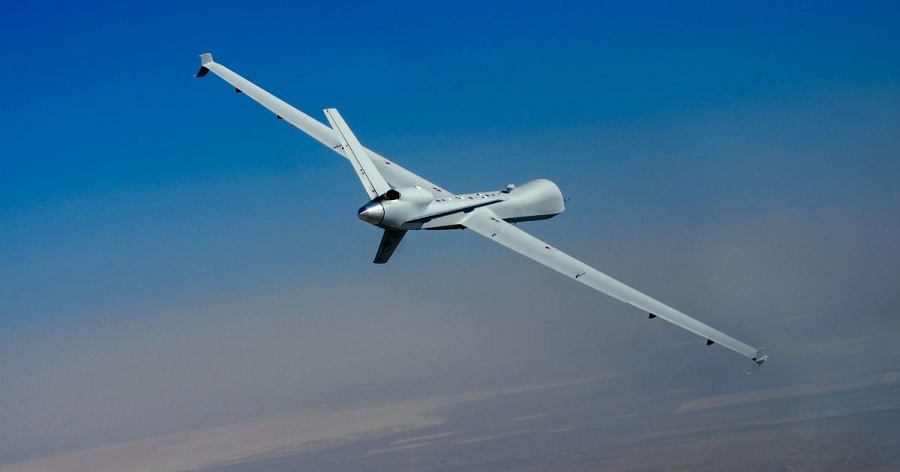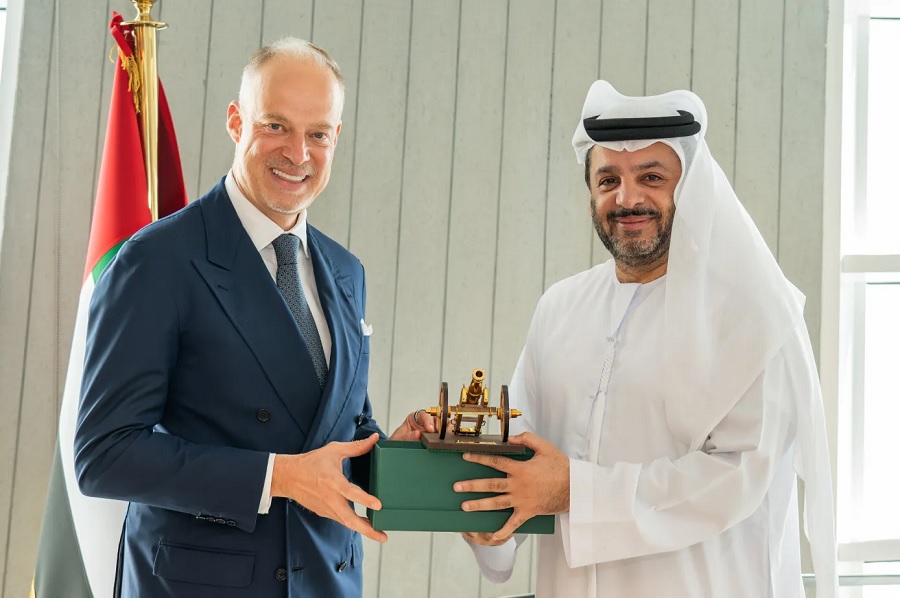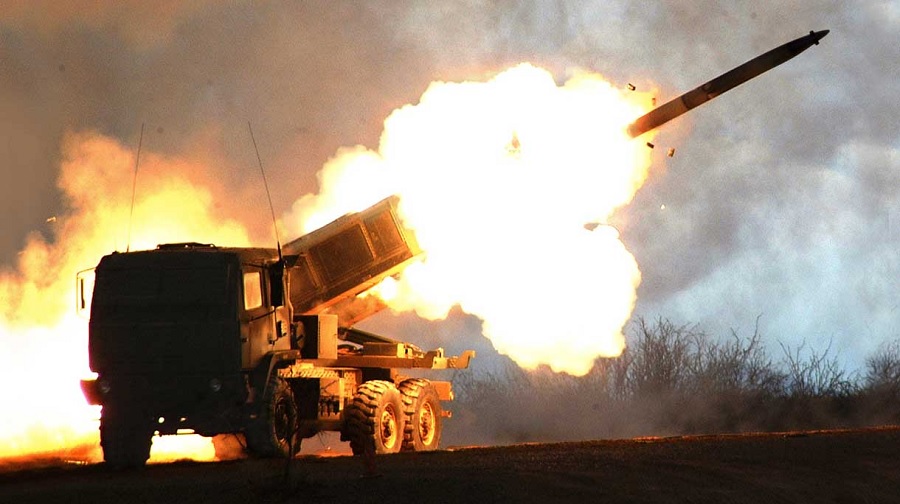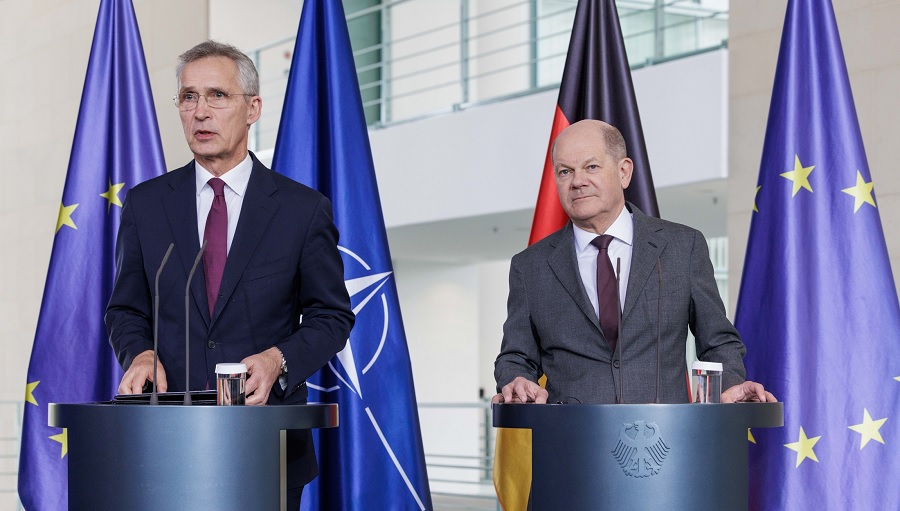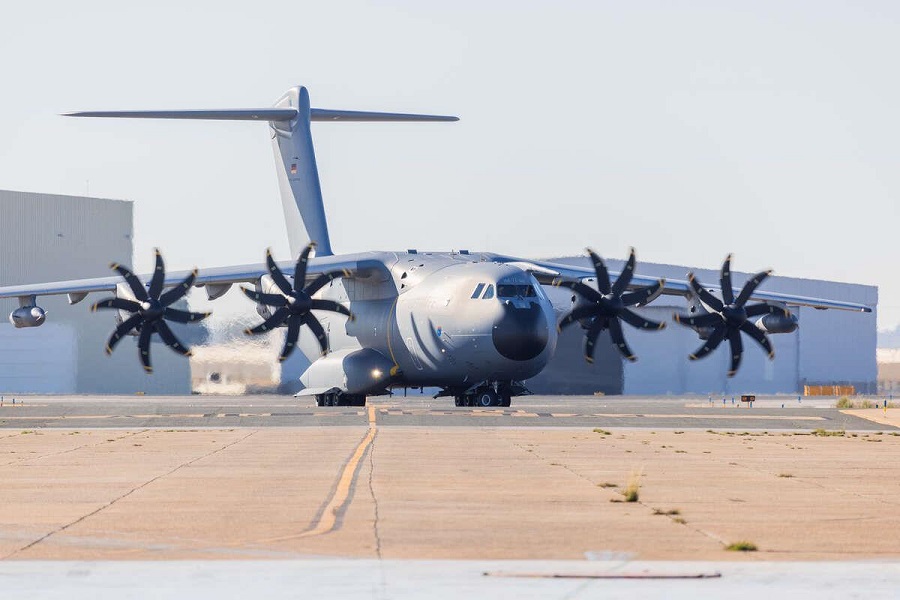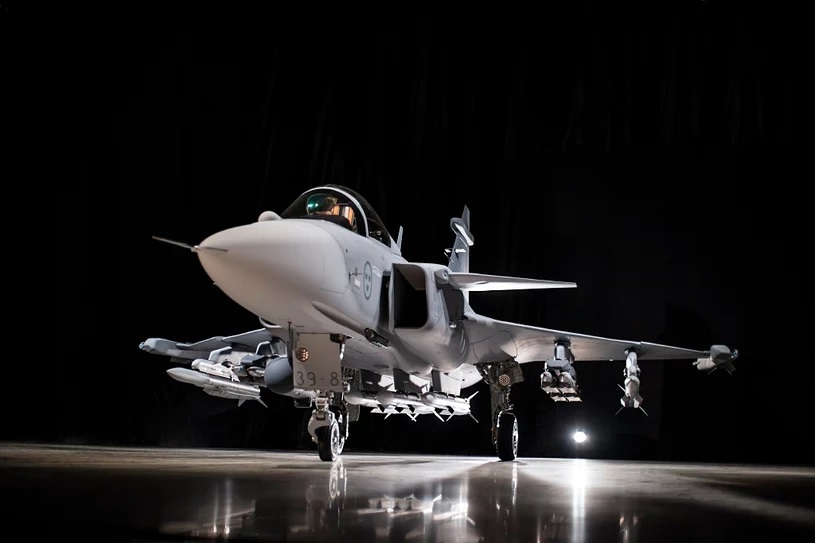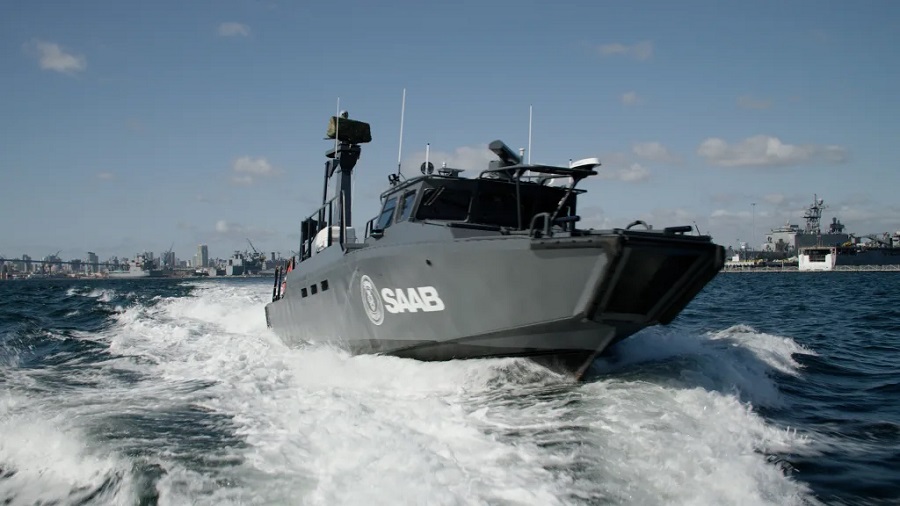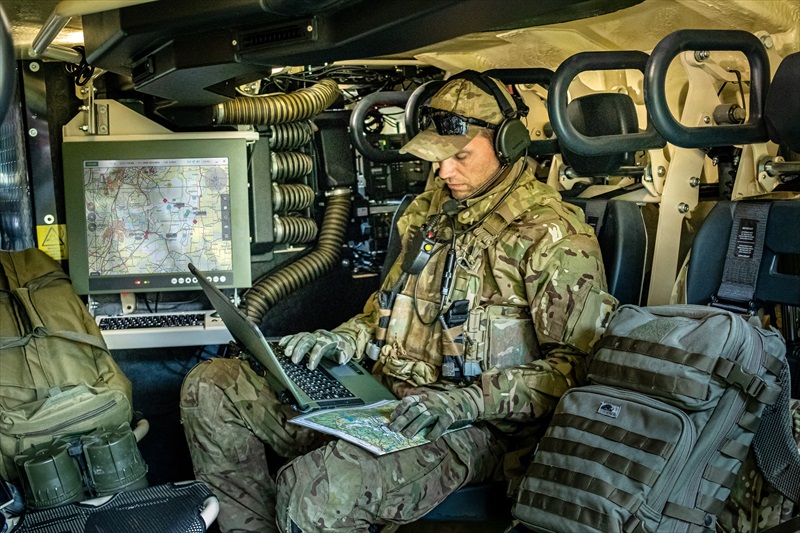The Deputy Commander of Allied Air Command, Air Marshal Johnny Stringer, convened the multinational symposium on December 4 to 7, which was co-chaired by French Air and Space Force Brigadier General Gilles Juventin, who leads the Support Directorate at Headquarters Allied Air Command and oversees the areas of infrastructure, supply, logistics and CIS. These domains are key to successfully implementing ACE deployments. During the symposium, representatives from NATO and Partner air forces reviewed and refined an operational concept for ACE and reported about their practical experiences with a view to further operationalizing ACE.
“ACE is an operational scheme of manoeuvre designed to improve resilience and survivability while generating air combat power from both home bases and geographically dispersed locations,” said General Juventin. “ACE can be conducted from Main or Deployed Operating Bases and Contingency Locations – this requires a flexible, well prepared and coordinated approach by the deploying force and the receiving bases,” he added.
The ACE concept is a true force multiplier for NATO’s Air Forces, provided five overarching principles are adhered to: agility – the ability to move and react quickly; interoperability – the ability to effectively cooperate with other Allies and Partners including equipment, weapons and systems; survivability – basically to survive an adversary attack through dynamic basing and physical protection of air bases; continuity of air operations – which is the capacity to generate air activity and conduct the air campaign in a dynamic operational environment ; and last, but by no means least, operational readiness – being ready to conduct ACE operations to respond to all enemy threats with little or no notice.
“As one of AIRCOM’s five priorities contributing to NATO Air Power, we are establishing an operational concept to ensure Allies will regain their agility and interoperability in how aircraft are maintained, supported and operated under the full spectrum of joint operations. This also means it must be trained and exercised during peacetime,” said General Juventin. “Several NATO Allies and Partners have already conducted ACE deployments and exercises. All Allies should now embrace ACE and make it part of the fabric of national education, training, planning, operations and future investment – this was one of the main topics during the symposium,” he added.
“In order to make ACE a natural reflex for our Air Forces, it is paramount we all have the same appreciation of what this means. Capitalizing on NATO technological and operational edge, and on the best practices shared during the Symposium, we are able to make this concept work,” stated General Juventin. “I am very confident that we can and will see this happen in the near future. Together we are stronger,” he concluded.


